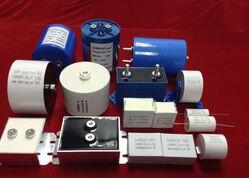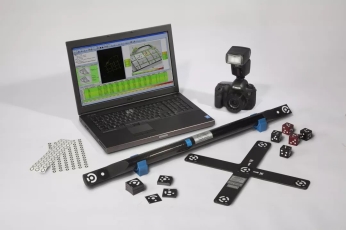What are the common faults with capacitors
The common faults of capacitors include wire break, short circuit, leakage and failure.
(1) capacity determination: set the electrical block R×1K or R×10K of the multimeter, and contact the poles of the capacitor respectively. If the pointer of the meter head rapidly swings forward by an Angle, then gradually recover and return to the starting position.Then exchange the two watch pens, and then contact the capacitor's poles, the meter head pointer is positive deflection, and the Angle is larger than the previous, and then gradually restore and return to the starting position, indicating that the capacitor is intact.The higher the deflection Angle of the pointer, the slower the recovery speed, indicating the larger the capacitor.
(2) leakage: multimeter (R×1K).When stable, the indicator value of the pointer is the insulation resistance of the capacitor, and a certain value is generally several hundred to several thousand megabytes. The higher the resistance value is, the better the insulation performance of the capacitor is.
(3) short circuit: if the pointer of the multimeter is at full scale, that is, R=0, and does not return, it indicates that the capacitor has been short-circuited.
(4) disconnection: when the two stylus of the multimeter touch the electrode of the capacitor, the pointer will not be deflected at all. If the stylus is not deflected when replaced, it indicates that the capacitor has been disconnected.
(5) electrolytic capacitor polarity determination: use a multimeter R×1K electrical barrier to measure the insulation resistance between the two poles, and then switch the two meter pen, and then measure the insulation resistance, the resistance value of the two measurements is larger a black (positive) meter pen to connect the positive pole or a red (negative) meter pen to connect the positive pole.For low-voltage electrolytic capacitors, do not arbitrarily use R×10K electrical barrier to avoid breakdown of electrolytic capacitors.

Notes for capacitors
(1) the capacitor removed from the circuit should be short-connected to discharge, so as to avoid damage to the instrument or affect personal safety when discharging residual charge on the electrode plate.
(2) do not touch the conductor part of the meter pen with both hands during the test, so as to avoid the interference of human resistance and affect the measurement results.

 Inglês
Inglês  Chinês
Chinês  Alemão
Alemão  Coreano
Coreano  Japonês
Japonês  Farsi
Farsi  Portuguese
Portuguese  Russian
Russian  Espanhol
Espanhol 





